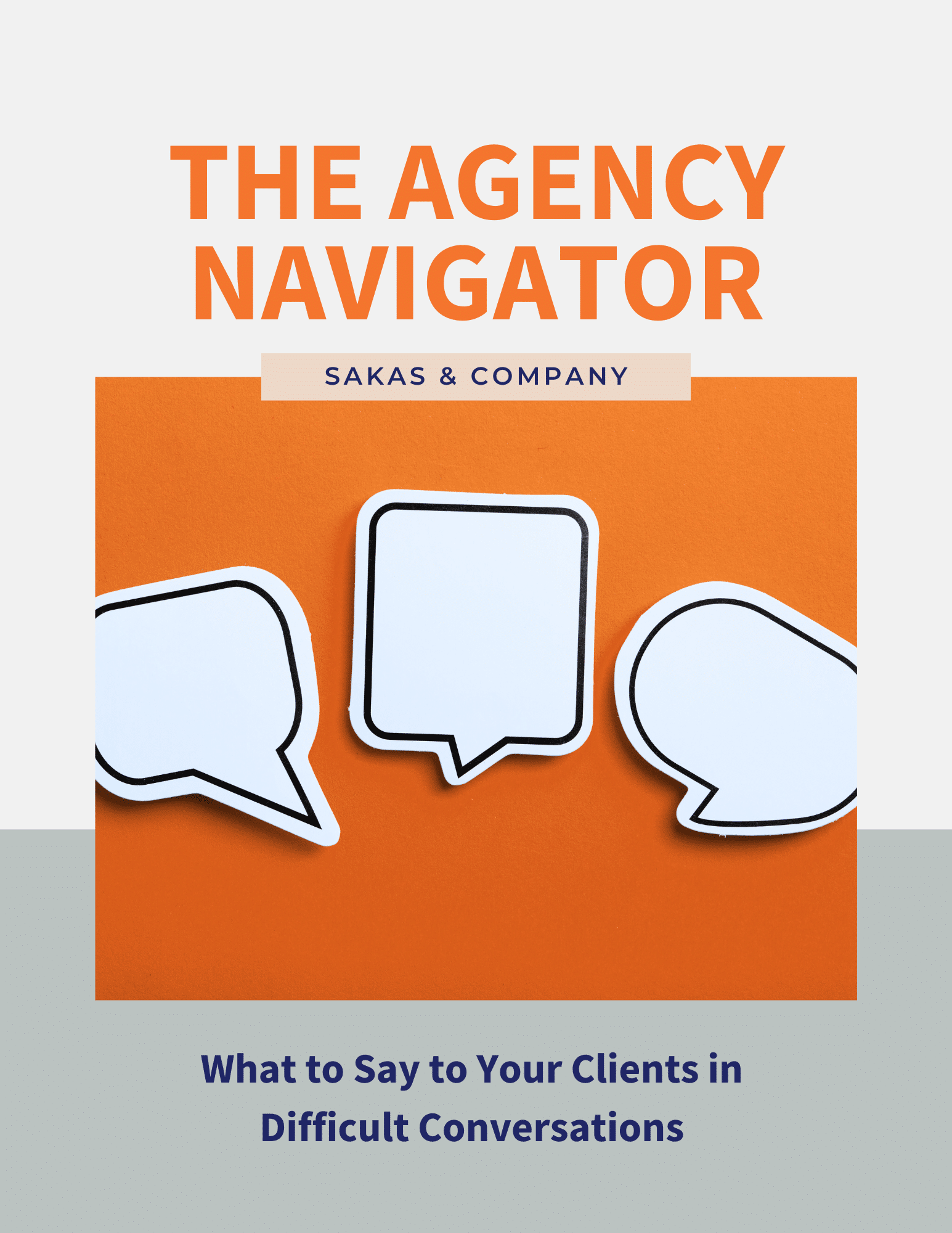Things shift. What if your agency is now focusing on the wrong target market? Let’s look at a recent positioning situation, where I noticed a client’s best clients weren’t in his agency’s current target market.
The client’s agency specializes in digital marketing for professional services—his clients are lawyers, accountants, and similar business professionals.
Having a client industry focus is usually a smart business strategy—indeed, all of his agency’s marketing, networking, and sales efforts focused on those target industries.
As we discussed ways to improve his agency’s self-marketing efforts, I asked him to walk through his five most-lucrative clients.
What did I notice about the list he created during the call? None of his top 5 clients were in his target client industries. That is, his best clients weren’t in professional services at all!
Maximize profits: Focus on your best clients
He and his team spend the majority of their time for clients in their current target industries—but those aren’t his best clients.
Not only that, I noticed that 80% of his best clients are a particular type of non-profit—a type of client he hadn’t intentionally been targeting, but that had been referred-in to him. Those unsolicited referrals had added up—and were contributing most of his profits over the past year.
I’ve seen this elsewhere, too—for instance, where a client did a lot of work for residential real estate agents… but they were nitpicky and budget-stingy. Those clients were easy to attract—based on his agency’s reputation—but he didn’t want more of them.
Here’s how to see if you have this problem.
Identifying your 5 most-lucrative clients
Make a list of your best clients and look for common themes. Your most lucrative clients are those that:
- pay for big-budget projects and retainers,
- are happy to spend money at your agency, and
- will keep coming back for more work (and refer others your way).
Need help ranking your clients? Use my free Client Ranking Matrix tool to save time.
Evaluate how they match your target market
Once you have your list, consider these factors as you look for common themes:
- Client industry (regardless of whether it’s currently an intentional target market)
- Lead source (inbound? cold calls? client referrals? partnership referrals?)
- Size of the client organization (big? small? medium?)
- Sophistication of client’s marketing department (very? not at all?)
- Geographic location (within driving distance? clustered in certain metro areas? something else?)
- Which of the three Agency Services are they buying? That is: Think (strategy), Teach (training and empowerment), and/or Do (implementation)?
You may notice other themes, too.
Deciding what to do next
If all or most of your lucrative clients are already in your desired target market, you’re all set—keep up what you’re doing!
If some—or all—of your most lucrative clients are in an entirely different target market, you’ll have to decide what to do next. You have a few options if there’s a mismatch:
- Easy: Don’t change anything. Handle whatever work comes to you, whether in the lucrative area or not.
- Medium: Add the lucrative area to your list of target markets.
- Hard: Commit to move to the lucrative area as your agency’s primary focus in the future, eventually eliminating your old target markets.
Struggling with the transition? Please get in touch to see if I can help you make things easier.
Summary for your agency
Here’s how to apply this article to your marketing agency:
- Make a list of your 5 best clients—the lucrative ones you wish you could clone.
- Look for patterns across those top clients. Are they the clients you’ve been focusing on?
- If you haven’t defined your ideal target market, use this exercise to see if you’ve backed into a particular specialty.
- Decide what to do next with this new information.
- Read Blair Enns’ article on “Ten Legit Ways to Cheat at Your Positioning” for ideas to change faster.
How did my client handle the news that it might be time to change target market? We created a plan, which his team executed. Years later, that secondary focus has become the agency’s primary focus.
Question: How many of your best clients are the client industries you’ve targeted?


